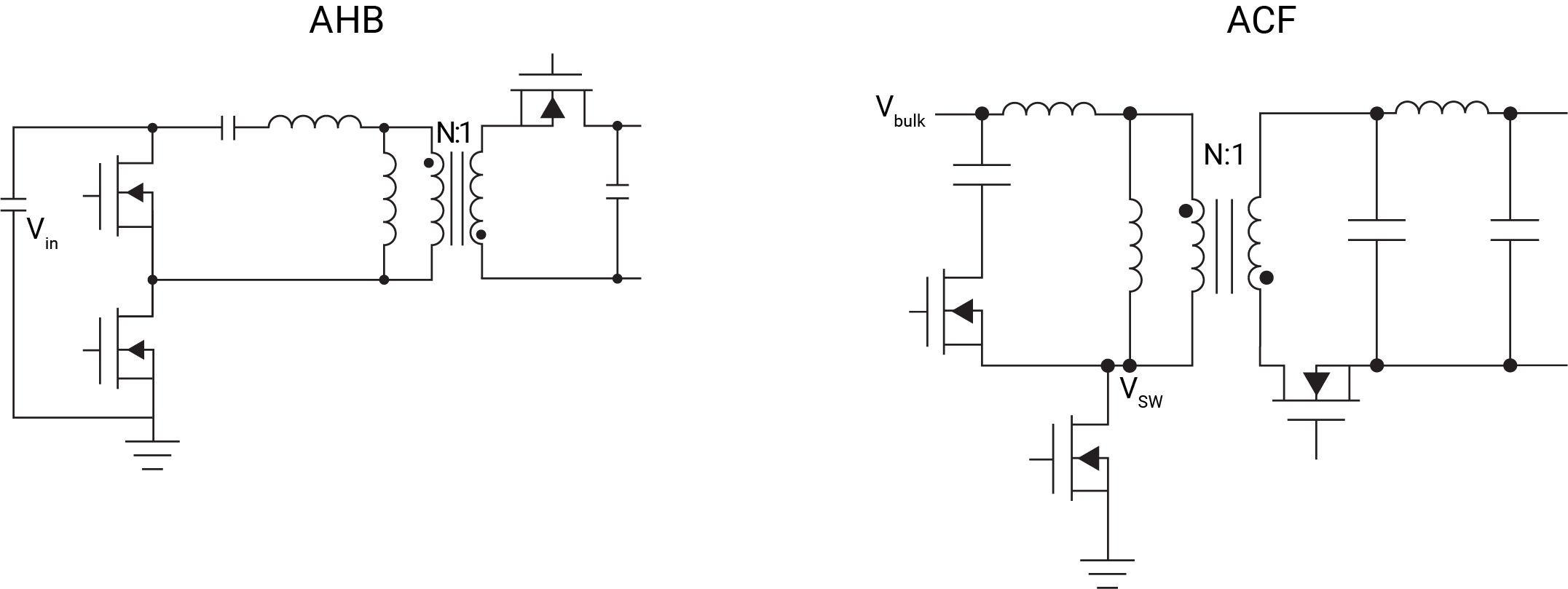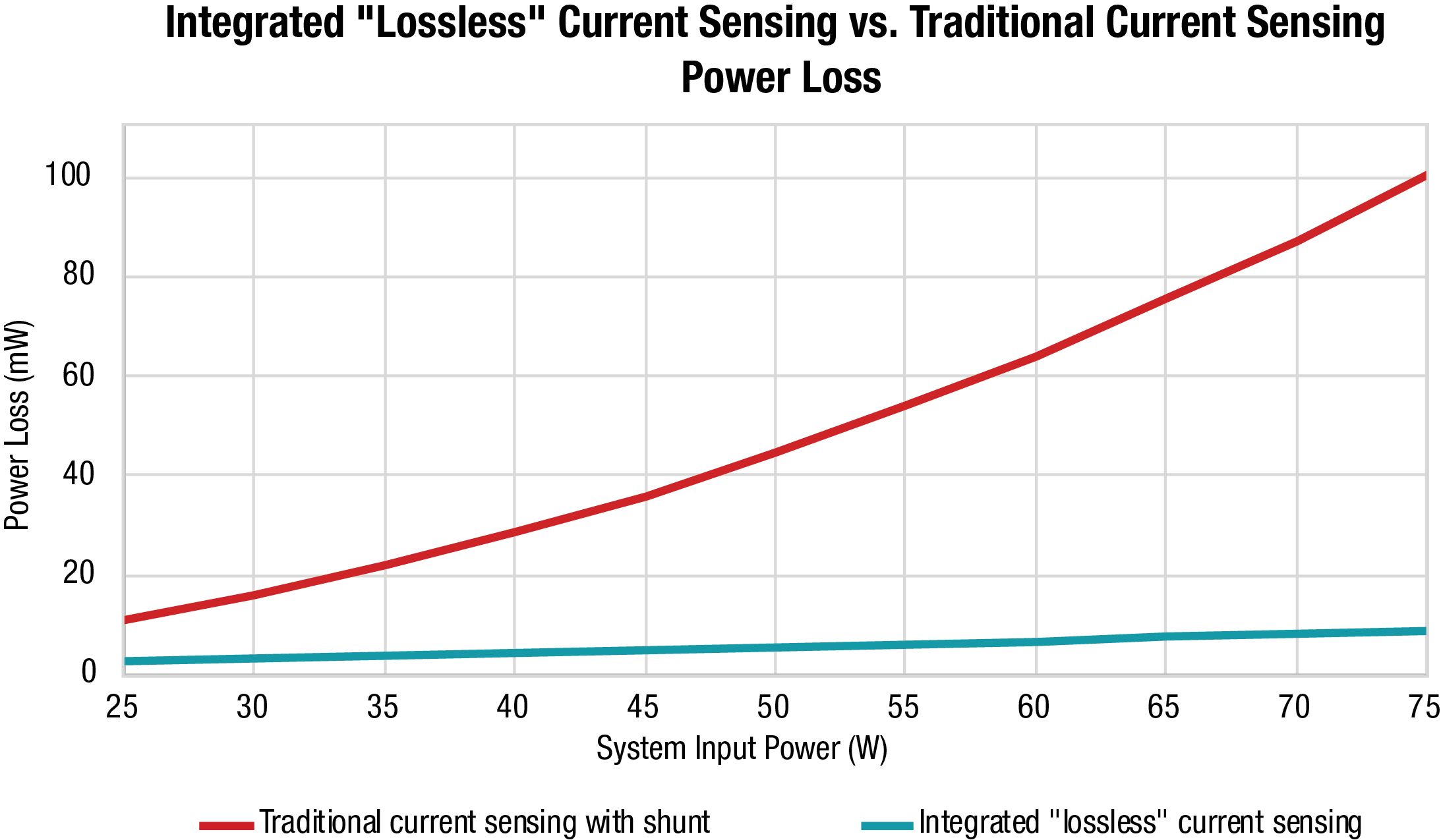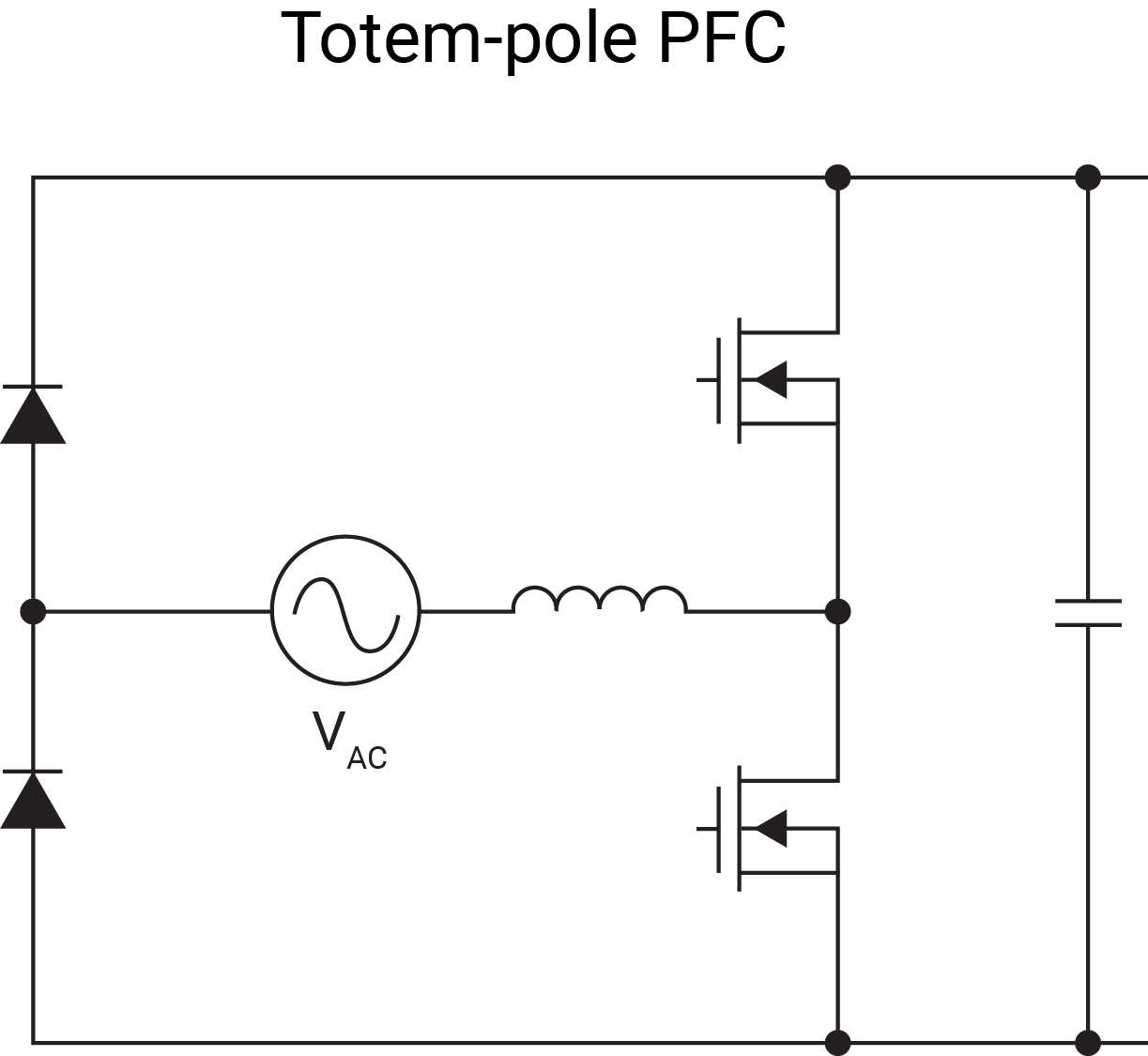SSZTD20 November 2023 LMG3612 , LMG3616 , LMG3622 , LMG3624 , LMG3626

Consumers want portable, fast and efficient chargers for the various electronic devices they carry with them daily. With a majority of electronics moving to USB Type-C® chargers, demand for compact power adapters that can charge all of their devices is increasing rapidly.
The challenge in designing modern consumer USB Type-C mobile chargers, PC power supplies and TV power supplies is shrinking solution size while maintaining or increasing the power level. TI’s low-power gallium nitride (GaN) devices help address this problem in a wide variety of the most popular topologies while simultaneously offering thermal, size and integration benefits. Along with the development of wide-bandgap technologies such as GaN over the past couple of decades, there have also been new improvements in AC/DC topologies to improve efficiency and functionality. In this article, I’ll dive into the benefits and compatibility of these devices within popular topologies for these applications, as well as some enticing new topologies.
Maximizing efficiency and power density with ACF and AHB topologies
A couple of newly developed half-bridge topologies optimize for efficiency while offering variable output voltage capabilities. The active clamp flyback (ACF) and asymmetric half-bridge (AHB) topologies as shown in Figure 1 can help maximize efficiency and power density in DC/DC stages. Instead of using a lossy snubber clamp, like in a quasi-resonant (QR) flyback or a zero voltage switching (ZVS) flyback, the ACF and AHB topologies are able to recycle the leakage energy to the output instead, further improving efficiency. These two topologies are also capable of completely eliminating voltage spikes on the low-side field-effect transistor (FET), which enables lower-voltage synchronous rectifier FETs on the secondary side. Additionally, the AHB topology does not require a second output filter, making for a lower-cost and smaller solution overall.
The LMG3622, LMG3624 and LMG3626 integrated GaN FETs have an integrated “lossless” current-sensing feature that can help improve efficiency even further by reducing power losses, as shown in Figure 2. For example, in a 65-W ACF, the integrated current sensing would contribute less than 10 mW of losses, whereas a traditional current-sensing scheme would contribute around 170 mW of losses. Any topology that requires current-mode control, including ACF, AHB and others, would greatly benefit from this large reduction in losses and would enable a more efficient overall solution.
 Figure 1 The AHB and ACF topologies
Figure 1 The AHB and ACF topologies Figure 2 Integrated current sensing vs traditional current sensing power loss
Figure 2 Integrated current sensing vs traditional current sensing power lossTotem-pole PFC topology for higher power designs
In most of the world, there is a requirement for a power factor correction (PFC) stage once you reach power levels above 70 W. In this stage, if you really wanted to take advantage of the capabilities of GaN, you would likely consider the totem-pole PFC topology, as shown in Figure 3. The removal of the bridge rectifier strengthens the value of GaN FETs in this topology, given its zero reverse-recovery losses.
Metal-oxide-semiconductor field-effect transistors (MOSFETs) have a body diode that makes them virtually unusable in this topology because of their high reverse-recovery charge, with silicon carbide (SiC) offering only a minor improvement in reverse-recovery charge. On the other hand, the LMG3624 offers an adjustable slew rate, helping you to find the appropriate balance of electromagnetic interference and efficiency in your system.
 Figure 3 The totem-pole PFC topology
Figure 3 The totem-pole PFC topologyLow-power GaN in QR, ZVS, LLC and boost PFC topologies
Although newer topologies have started gaining traction, there are still clear benefits of using integrated GaN with traditional topologies. Introducing GaN into QR flybacks, ZVS flybacks and traditional boost PFC has become common, because you only need to replace a single switching FET with a GaN FET to see the improvements in efficiency and switching frequency capabilities (largely through GaN’s lower input capacitance, which results in lower turnoff losses). In addition, the LMG3624 GaN FET has low quiescent current, which standby mode can reduce even further. The QR, ZVS and boost PFC topologies also benefit from the integrated lossless current sensing in the LMG3624.
The LLC resonant converter topology has existed for decades, and is popular in fixed output-voltage applications such as laptop adapters and TV power supplies where a USB Type-C controller does not dominate the output voltage. The LLC topology will also enable the highest transformer efficiency compared to most half-bridge DC/DC topologies.
Conclusion
As demand for smaller and more efficient AC/DC solutions continues to grow, consumers prefer smaller adapters for better portability. In industrial settings, highly efficient power-supply units (PSUs) are becoming necessary for PCs as graphics processing units become more power-demanding. Thinner PSUs are also paving the way for slimmer high-end TVs. The versatility of LMG3624 helps fulfill the requirements of these applications by offering features and benefits that you can integrate into all of the topologies referenced in this article.
Additional resources
- Read the LMG362x Family of Low-Power GaN FETs product overview.
- Read how GaN enables high efficiency in totem-pole PFC-based power designs.
- View the LMG3622EVM-082 65-W USB-C PD High-Density Quasi-Resonant Flyback Converter reference design.